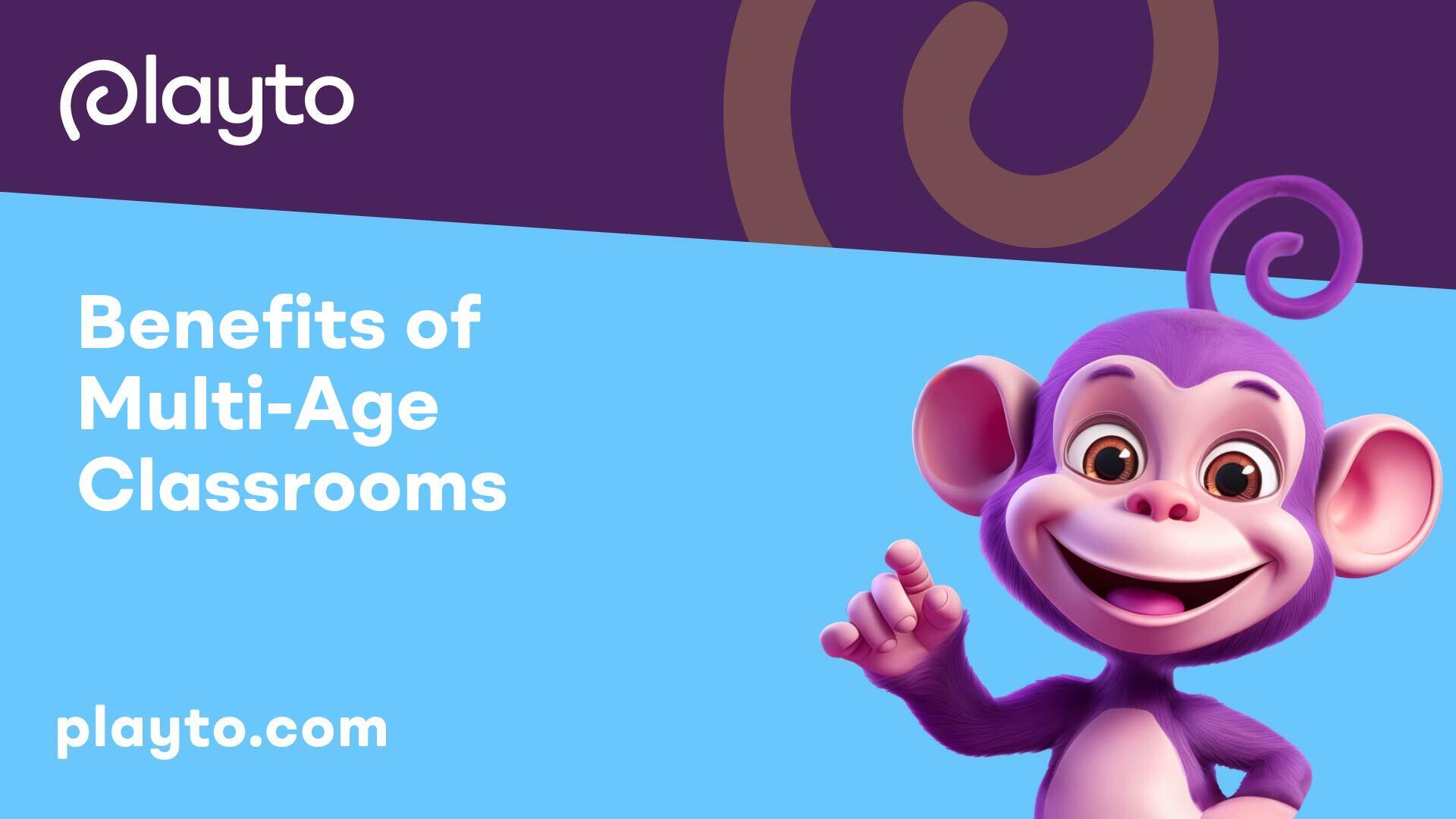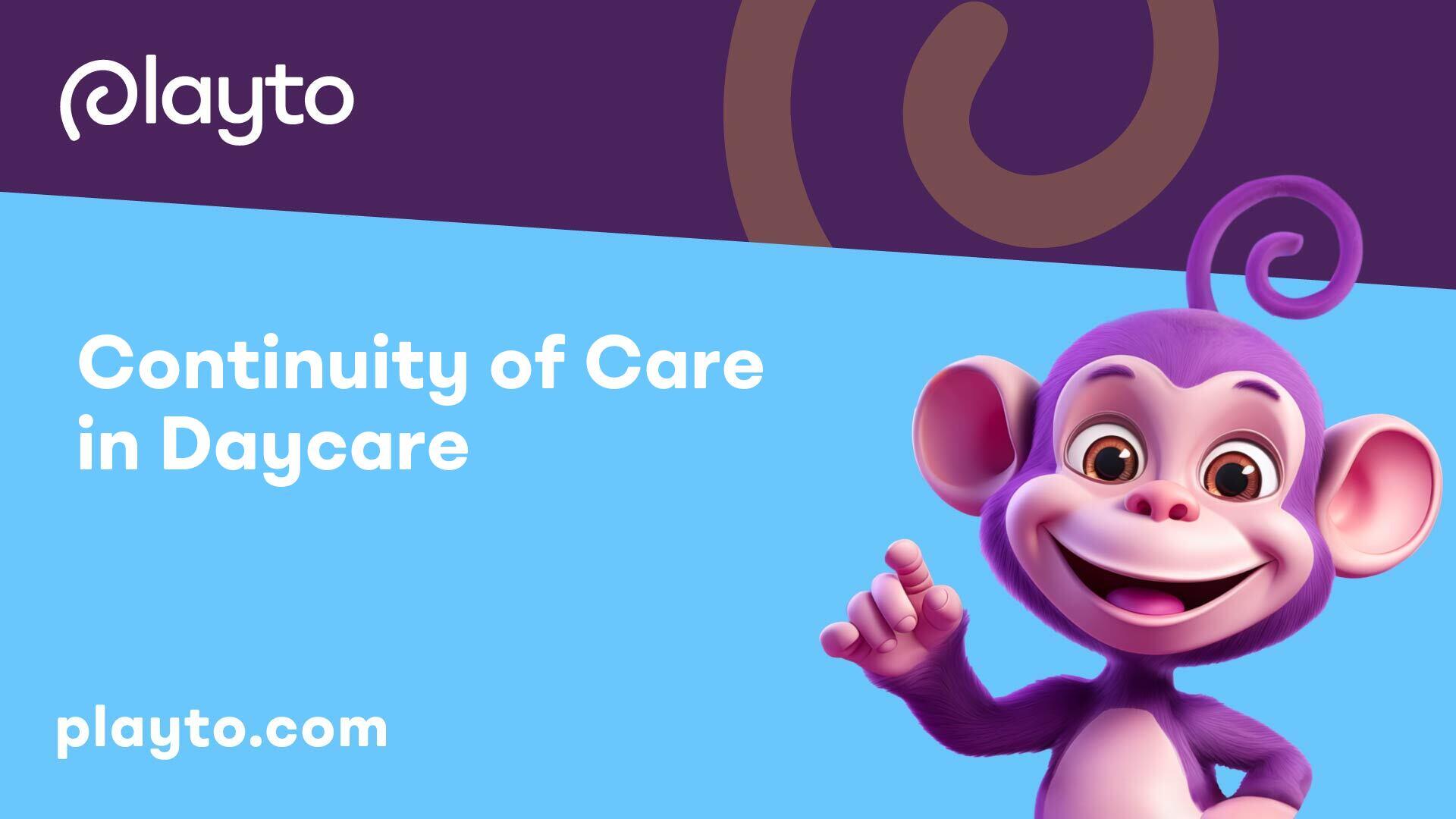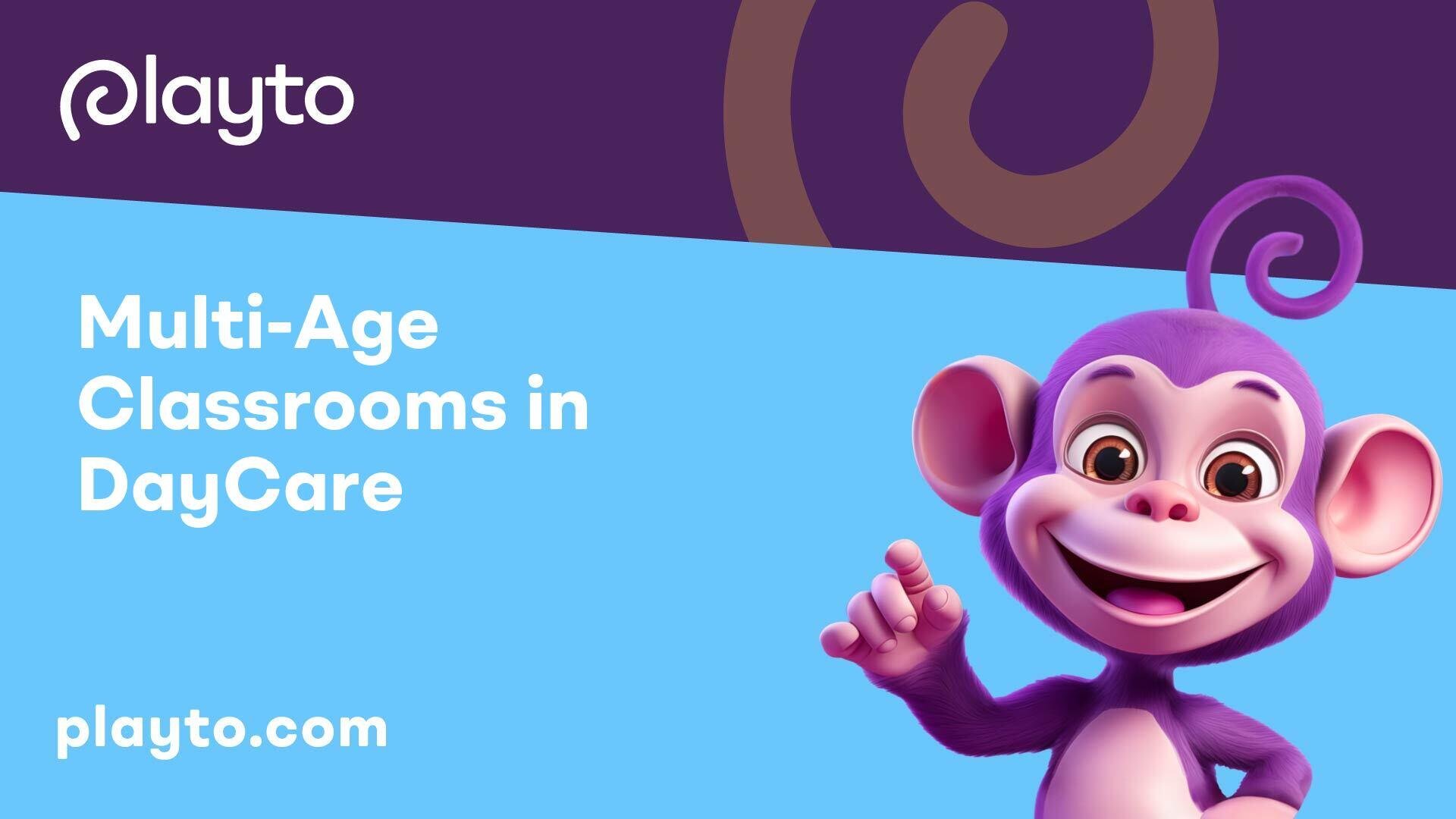
Benefits of Multi-Age Classrooms
In the context of daycare environments, multi-age classrooms bring forth a variety of advantages that promote holistic child development. Let's delve into the benefits: enhanced leadership opportunities, individualized education, and stability and continuity.
Enhanced Leadership Opportunities
Multi-age classrooms provide a conducive environment for cultivating enhanced leadership skills among children. Older children naturally take on leadership roles, benefiting development in all areas for both age groups and creating more learning opportunities. Through interaction and collaboration, older students have the chance to guide and assist younger peers, fostering skills in communication, organization, and problem-solving.
Individualized Education
One of the significant advantages of multi-age classrooms is the facilitation of individualized education. Lessons in these settings are not confined to age measures, allowing educators the flexibility to tailor teaching methods and activities to meet each child's specific needs and learning styles [1]. This approach ensures that each child receives personalized attention and support, leading to enhanced learning outcomes and overall academic growth.
Stability and Continuity
The stability and continuity offered by multi-age classrooms play a vital role in the daycare environment. By having the same teachers oversee children of all ages, relationships are built and maintained over time, fostering stability and trust. This continuity in the learning path allows children to progress seamlessly without being disrupted by significant changes.
Within daycare programs, mixed-age groupings provide stability for children with their caregivers over a longer period, promoting consistency in engagement and high-quality early learning experiences [3]. Additionally, the framework created by mixed-age groupings facilitates deeper relationships between daycare staff, children, and families, which in turn supports the holistic development and learning of young children.
By embracing multi-age classrooms in daycare settings, children can benefit from enhanced leadership skills, personalized education, and a sense of stability and continuity that fosters growth and development in various aspects of their early years.

Challenges of Multi-Age Classrooms
Navigating the landscape of multi-age classrooms in daycare can present various challenges that educators and caregivers need to address effectively. These challenges encompass varied lesson planning, family and teacher concerns, and budget considerations.
Varied Lesson Planning
One significant challenge in multi-age classrooms is the necessity for more diverse and adaptable lesson plans. With children of varying ages and developmental stages present in the same learning environment, educators must tailor their teaching strategies to meet the unique needs and abilities of each child. This demands a comprehensive understanding of child development across different age groups and the ability to implement differentiated instruction effectively.
To overcome this challenge, educators can leverage a combination of individualized learning experiences and group activities that cater to the diverse range of skills and interests present in the classroom. By creating a flexible curriculum that incorporates elements suitable for different age groups, teachers can promote inclusive learning that benefits all children.
Family and Teacher Concerns
Another challenge that may arise in multi-age classrooms is the apprehension and uncertainties expressed by both families and teachers. Families may feel hesitant about the placement of their children in mixed-age groups, questioning whether their child will receive adequate attention and support in such an environment. On the other hand, teachers may have concerns related to managing a classroom with children of varying ages, ensuring equitable learning opportunities, and maintaining an appropriate teacher-to-child ratio.
Effective communication with families and transparent dialogue between educators can help alleviate these concerns. By fostering open lines of communication, addressing any doubts or hesitations, and highlighting the benefits of multi-age classrooms, both families and teachers can work collaboratively to create a supportive and enriching learning environment for all children.
Budget Considerations
Budget considerations pose a practical challenge in multi-age classrooms due to the diverse equipment and materials required to cater to different age groups. Each age group may have specific educational resources, toys, and learning materials tailored to their developmental needs, leading to a potential strain on the daycare's financial resources. Managing budget allocations effectively to ensure that each age group receives the necessary tools for optimal growth and development can be a complex task for daycare administrators and educators.
By prioritizing strategic resource allocation, engaging in cost-effective planning, and exploring creative solutions to maximize the utilization of shared resources, daycares can overcome budget challenges associated with multi-age classrooms. Collaborative efforts between administrators, educators, and caregivers can ensure that each child benefits from a stimulating and nurturing learning environment that promotes holistic growth and development.

Continuity of Care in Daycare
When it comes to daycare environments, continuity of care plays a vital role in providing stable and nurturing relationships for children and caregivers over an extended period. This section will delve into the importance of stability in relationships, the influence of licensing regulations, and the significance of the Head Start Program Performance Standards in promoting continuity of care within daycare settings.
Stability in Relationships
Ensuring stability in relationships within daycare settings is crucial for children's emotional well-being and overall development. By maintaining consistent connections with caregivers over an extended duration, children can build trust, security, and a sense of belonging. This stability fosters a safe and nurturing environment where children feel comfortable exploring, learning, and forming meaningful relationships with both peers and adults.
Licensing Regulations
Licensing regulations for daycare facilities encompass various aspects, including child-staff ratios and group sizes when implementing mixed-age groups. These regulations, which vary by state, outline specific requirements based on the age of the youngest child in the group. Compliance with these regulations is essential to ensure the safety, well-being, and proper supervision of all children within the daycare environment.
In the context of mixed-age groupings, adhering to licensing regulations helps maintain appropriate supervision levels, facilitate age-appropriate interactions, and promote the overall quality of care provided to children. These regulations underscore the importance of continuity of care in fostering consistent relationships between children and caregivers.
Role of Head Start Program Performance Standards
The Head Start Program Performance Standards (HSPPS) advocate for the use of mixed-age groups in center-based settings, particularly for programs serving infants and toddlers. Emphasizing the significance of continuity of care, the HSPPS support daycare programs in their efforts to provide stable relationships and continuity of care for children. By incorporating mixed-age groups, programs can offer children the opportunity to form lasting bonds with caregivers and peers, enhancing their overall early learning experiences.
By integrating stability in relationships, adhering to licensing regulations, and leveraging the guidance provided by the Head Start Program Performance Standards, daycare centers can create a nurturing and consistent environment that promotes optimal child development. Continuity of care serves as a cornerstone for establishing strong relationships, supporting children's emotional well-being, and facilitating positive early learning experiences within daycare settings.
Importance of Mixed-Age Groupings
When it comes to providing a nurturing environment in daycare, the importance of mixed-age groupings cannot be overstated. By fostering stability and consistency, encouraging deeper staff-child relationships, and promoting benefits for caregiver-child attachment, daycare centers can create a supportive and enriching experience for children of varying ages.
Stability and Consistency
Implementing mixed-age groupings in daycare programs can offer a sense of stability for children, allowing them to form strong relationships with their caregivers over extended periods. This concept, known as continuity of care, emphasizes the importance of consistent and high-quality early learning experiences through long-term connections with caregivers. By maintaining continuity in care, children can thrive in a secure and familiar environment, which is essential for their overall development.
Deeper Staff-Child Relationships
Traditional daycare setups often group children solely based on their age, leading to transitions to older groups once certain milestones are reached. However, this approach may not facilitate the deepening of relationships between children, staff, and families. By incorporating mixed-age groupings in early education center-based programs, staff can forge stronger connections with children across different age ranges. This not only enhances the quality of interactions but also fosters a more supportive and inclusive environment for all participants.
Benefits for Caregiver-Child Attachment
The Head Start Program Performance Standards (HSPPS) advocate for the adoption of mixed-age groups in center-based settings, especially for programs catering to infants and toddlers. This emphasis on mixed-age groupings aims to enhance the bond between caregivers and children, promoting a nurturing and responsive relationship that is crucial for the emotional well-being of children. By prioritizing caregiver-child attachment in mixed-age settings, daycare centers can create a supportive and enriching environment that contributes to the holistic development of children.
In conclusion, the importance of mixed-age groupings in daycare extends beyond mere age integration. It underlines the significance of stability, deeper relationships, and caregiver-child attachment in fostering a nurturing and supportive environment for children of all ages. By embracing mixed-age groupings, daycare centers can provide a more holistic and enriching experience that nurtures the social, emotional, and cognitive growth of every child in their care.
Impacts of Mixed-Age Classrooms
When it comes to the impact of mixed-age classrooms in daycare settings, several aspects play a significant role in shaping the development of children across different age groups. The interactions and learning experiences within mixed-age environments can have profound effects on socio-emotional development, cognitive growth, and social/emotional abilities.
Socio-Emotional Development
Research studies, such as the one conducted in Sweden in 2022, have shown that mixed-age groups offer a more flexible curriculum, allowing children to learn at their own pace compared to age-homogeneous groups. This approach positively influences children's individual development, particularly in areas like vocabulary growth and socio-emotional skills. Children in mixed-age classrooms often engage in more complex play modes, which can enhance their social skills and emotional intelligence. Interacting with peers of different ages exposes children to diverse perspectives and behaviors, contributing to their overall socio-emotional development.
Cognitive Growth
The diverse learning experiences present in mixed-age classrooms can stimulate cognitive growth in children. Compared to same-age classrooms, children in mixed-age settings are more likely to engage in complex play and problem-solving activities, as noted in an American study involving 47 children over 18 months. This exposure to varying levels of cognitive challenges helps children develop critical thinking skills, creativity, and adaptability. Additionally, the enriched learning environment in mixed-age classrooms encourages children to explore new ideas and concepts, fostering cognitive development across different age groups.
Social/Emotional Abilities
Interaction with peers of different ages can have a profound impact on children's social and emotional abilities. The bidirectional socialization that occurs in mixed-age classrooms benefits both older and younger children, leading to the development of essential social skills and emotional intelligence. Children learn to communicate, collaborate, and empathize with individuals of varying ages, enhancing their ability to form meaningful relationships and navigate social interactions effectively [4]. These experiences contribute to the overall emotional competence of children, helping them build resilience, empathy, and a sense of belonging within a diverse community.
In conclusion, the impact of mixed-age classrooms on socio-emotional development, cognitive growth, and social/emotional abilities highlights the value of diverse learning environments in daycare settings. By fostering a supportive and inclusive atmosphere that encourages interaction among children of different ages, daycare providers create dynamic spaces for holistic child development.
Staff Education in Child Care
In the realm of child care, the level of education and qualifications held by staff members plays a significant role in shaping the outcomes for children under their care. Let's delve into the impact of staff education on child outcomes, the association with higher quality interactions, and the essential role it plays in child development.
Impact on Child Outcomes
Research indicates that staff education is a crucial indicator of high-quality child care. While the relationship between staff education and child outcomes can be multifaceted and not consistently positive across all studies, there is a general recognition that staff education influences the quality of interactions between caregivers and children. Children in better quality early care and education programs often demonstrate higher levels of numeracy, receptive vocabulary, and school readiness compared to those in lower quality settings.
Association with Higher Quality Interactions
Higher levels of staff education are associated with an uptick in the quality of interactions between staff members and the children they care for [5]. These improved interactions can foster a more enriching and supportive environment for children to learn, grow, and thrive. While the correlation between staff education and child outcomes may vary across studies, the emphasis on promoting educational qualifications among daycare staff remains vital for enhancing the overall quality of care provided to young learners.
Role in Child Development
The educational background and training of child care staff can significantly impact the socio-emotional, cognitive, and language development of children in daycare settings. While the direct link between staff education and child outcomes may not always yield consistent results, certain studies have highlighted positive associations between staff education and children's language skills, particularly in areas such as vocabulary and early literacy. This underlines the role that well-educated and qualified staff members play in supporting and nurturing the holistic development of young children in daycare environments.
Understanding the pivotal role of staff education in child care is essential for ensuring the delivery of high-quality early childhood education and care services. By prioritizing ongoing learning and professional development opportunities for daycare staff, providers can create nurturing environments that promote positive outcomes for children across various developmental domains. For further insights into the science behind daycare environments, explore our article on the science of daycare environments.
Positive Effects on Child Development
In the realm of child development, multi-age classrooms in daycare settings offer a host of advantages for nurturing young minds. Let's explore how these mixed-age environments foster tolerance and diversity, aid in leadership and confidence building, and provide a range of social and cognitive benefits.
Fostering Tolerance and Diversity
One of the key benefits of incorporating mixed-age classrooms in early childhood education is the promotion of tolerance and diversity. By interacting with peers of different ages, children are exposed to varied perspectives, backgrounds, and abilities. This exposure not only fosters acceptance but also cultivates empathy and understanding towards others. Mixed-age classrooms benefit children with developmental delays by providing a supportive environment where inclusivity is encouraged.
Leadership and Confidence Building
Multi-age classrooms play a pivotal role in nurturing leadership skills and building confidence in children. Older students in these settings often take on mentoring roles, teaching and guiding their younger peers. This interaction not only develops their communication and organizational abilities but also instills problem-solving skills. Through these mentorship opportunities, both older and younger children enhance their leadership capabilities, fostering a sense of responsibility and empowerment [2].
In addition, the cooperative nature of mixed-age classes promotes collaboration over competition. Children learn to support and collaborate with each other, boosting their self-confidence and honing their leadership qualities. This supportive atmosphere cultivates a community-driven learning environment where mutual care and encouragement thrive, creating a positive educational atmosphere that benefits all learners.
Social and Cognitive Benefits
Research indicates that children in mixed-age classrooms demonstrate increased engagement in complex play activities compared to their peers in same-age groupings. Interacting with children of different ages facilitates bidirectional socialization, allowing both older and younger children to acquire new skills and behaviors from one another. This dynamic exchange nurtures social development, enhances emotional understanding, and promotes cognitive growth among children in these diverse learning environments.
Moreover, studies have highlighted that children who engage with younger, socially adept peers in mixed-age groups are more likely to expand their social circles and improve their social skills. This inclusive approach benefits children who may encounter challenges in forming friendships, providing them with a supportive network within the mixed-age classroom.
By embracing the positive effects of multi-age classrooms on child development, daycare centers can create enriching learning environments that promote diversity, leadership, and holistic growth among children of varying ages.
Research Insights on Early Learning
In the context of early learning, researching the impact of mixed-age classrooms provides valuable insights into the educational benefits for children. Let's explore three key aspects of early learning within mixed-age classrooms: vocabulary growth, problem-solving skills, and independent learning opportunities.
Vocabulary Growth
Studies, such as a Danish research study involving 2,743 children spanning different age groups, have indicated that children in mixed-age classrooms experience significant gains in vocabulary growth when compared to their counterparts in same-age settings. The study found that a broader age range, up to 24 months, was associated with the most substantial vocabulary development.
Problem-Solving Skills
One of the advantages of mixed-age classrooms is the nurturing of problem-solving skills among children. In these environments, cooperation is prioritized over competition, fostering a culture where learners support and learn from each other. This collaborative approach helps in building confidence, leadership abilities, and a sense of community within the classroom. By encouraging mutual support and care, mixed-age settings create a positive and inclusive atmosphere conducive to the development of essential problem-solving skills [7].
Independent Learning Opportunities
Mixed-age classrooms offer ample opportunities for independent learning and collaboration. By grouping learners based on various criteria such as assessment outcomes, maturity levels, or friendship dynamics, children are encouraged to work together, become more self-reliant, and engage in personalized learning experiences. This approach not only enhances academic growth but also promotes social development and a sense of responsibility among learners.
Understanding the diverse benefits that mixed-age classrooms bring to early learning, particularly in areas like vocabulary expansion, problem-solving aptitude, and independent learning skills, reinforces the importance of incorporating varied age groups within educational settings. By fostering a rich learning environment that encourages collaboration, critical thinking, and individual growth, mixed-age classrooms play a pivotal role in shaping well-rounded and capable learners from an early age.
References
[1]: https://mybrightwheel.com/blog/mixed-age-classrooms
[2]: https://montessoritoddler.com/blog/disadvantages-of-mixed-age-preschool/
[3]: https://eclkc.ohs.acf.hhs.gov/learning-environments/article/using-mixed-age-groups-support-continuity-care-center-based-programs
[4]: https://mylittlescholars.com.au/the-benefits-of-mixing-ages-together-in-early-learning/
[5]: https://www.ncbi.nlm.nih.gov/pmc/articles/PMC5576714/
[6]: https://mathsnoproblem.com/blog/teaching-practice/challenges-benefits-mixed-age-learning/
[7]: https://mathsnoproblem.com/blog/teaching-practice/challenges-benefits-mixed-age-learning
